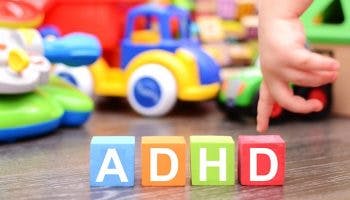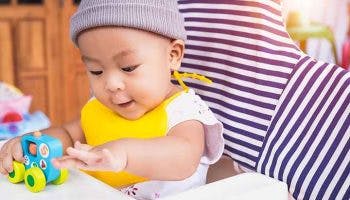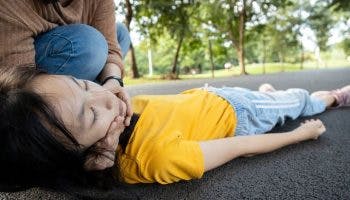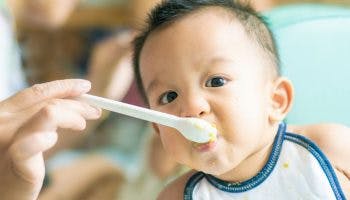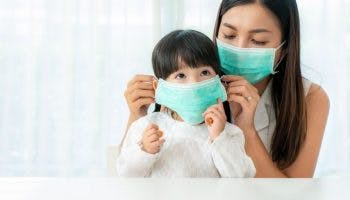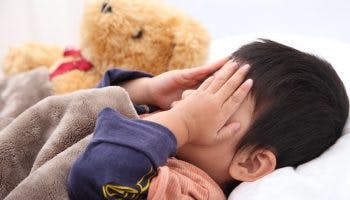Paediatric Tuina: A Gentle Chinese Massage for Children
Published | 5 min read
Tuina is a traditional Chinese massage that benefits adults and kids. In this article, learn about paediatric tuina and how children can benefit from it.
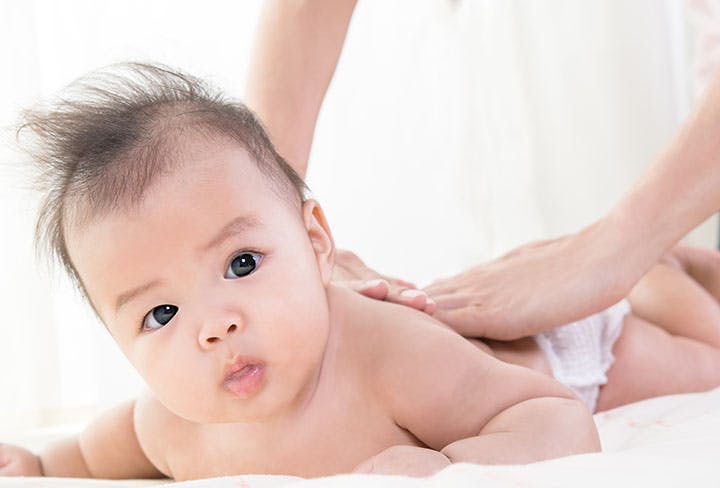
A relaxing traditional Chinese massage like tuina can boost your mind and body, especially if you have been feeling fatigued lately. But did you know that adults aren’t the only ones who can benefit from a Chinese massage? Paediatric tuina also offers your precious little ones a plethora of wellness benefits.
What is Paediatric Tuina?
Paediatric tuina is a safe and gentle Chinese massage for kids that can help relieve various childhood ailments. As one of the treatment approaches in Traditional Chinese Medicine (TCM), physicians often use this type of massage with other treatments, such as herbal formula, acupuncture, scraping, and cupping therapy.
Paediatric tuina also adheres to TCM’s concept of syndrome differentiation and treatment. According to TCM Physician Lim Sock Ling, physicians will check the pulse and tongue of the child beforehand. Only upon confirmation of a diagnosis, an appropriate tuina massage session will be prescribed. Using syndrome differentiation as a guide, physicians will determine specific parts or acupoints of the child’s body to work on. Tuina massage for children aims to balance yin (passive) and yang (active) energies, tonify the internal system, promote qi and relax the muscles.
In a tuina session, the therapist uses hand manipulation techniques like pushing, grasping, kneading, or rubbing in a light, fast, and soft motion. While tuina for adults and kids are generally the same, they differ in intensity.
“The strokes of paediatric tuina on kids are light and gentle. In adult tuina, different acupuncture points are used,” explains Physician Lim.
Benefits of Paediatric Tuina
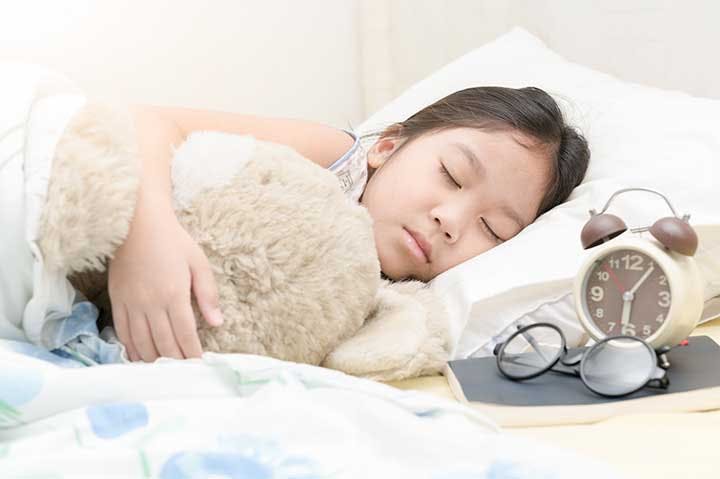
What are Chinese massage benefits? Many ongoing studies prove the efficacy of tuina. For example, a 2016 research suggests that paediatric tuina may be beneficial for the management of infantile fever. At the same time, previous studies show that this massage has therapeutic benefits for acute paediatric diarrhoea. In another study, results reveal that tuina serves as a viable intervention for childhood anorexia.
Administering the Massage
As a guideline, tuina is suitable for children above six months old. For those below this age group, physicians usually recommend newborn paediatric tuina, which comprises gentler and slower strokes. No matter how old your child is, Physician Lim advises parents to get a TCM practitioner to administer paediatric tuina for optimal results.
“A qualified TCM practitioner will be able to administer the techniques more accurately and choose the correct strokes and acupuncture points according to clinical findings,” says Physician Lim, adding that a caregiver can also carry out paediatric tuina at home, provided they have the appropriate training.
Precaution: Bear in mind that home tuina should only be for prevention and management – it is not for treating diseases. The latter will require TCM practitioners to diagnose and administer the appropriate treatment. “Please seek a professional’s attention should any health conditions persist or worsen after paediatric tuina, or if the condition is an emergency like a high fever,” Physician Lim notes.
For children with health complications like malignant tumours and severe cardiovascular, respiratory, hepatic, and renal diseases, tuina must be administered with caution. Physician Lim also lists a few areas where tuina is not appropriate:
- Near affected areas of acute infectious disease, for example, cellulitis, osteomyelitis, erysipelas, or bone tuberculosis
- Near damaged skin or open wounds such as burns, scalds, abrasions, lacerations, and sores
- Areas with joint dislocations or early stages of bone fractures
What to Expect During a Paediatric Tuina Session
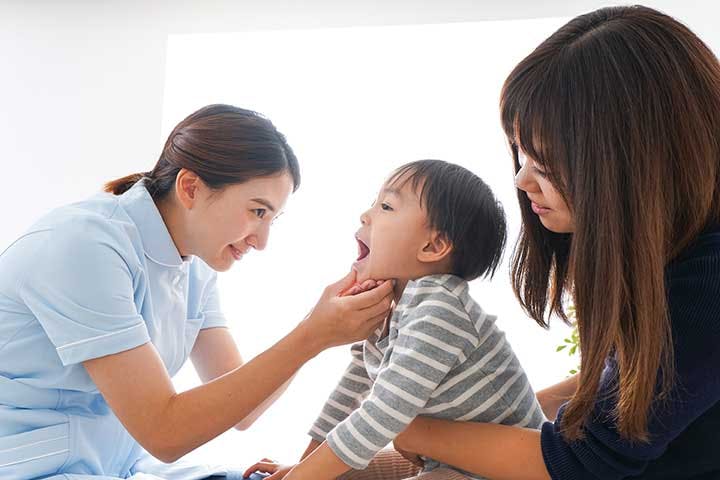
The physician will begin by asking about your child’s medical history, lifestyle, medications, and other important information. Following this, the physician will pinpoint the specific areas of the body to focus on according to the child’s physical symptoms, age, and other conditions.
Each session usually takes around 30 minutes and will start from the head, upper body, arms, chest, and torso. Then the therapist will move on to work on the back and lower limbs. The therapist will usually advise you on the number of sessions that your child needs. They may also recommend some simple tuina techniques to try at home.
“If you are administering tuina on your kids at home, make sure the physician has shown you the proper steps and which points to use. Avoid massaging with cold hands and ensure your child is in a comfortable position,” Physician Lim shares. “Be patient and meticulous. Locate acupuncture points accurately and use the right technique.”
It’s also important that parents or caregivers do not ignore any signs of discomfort during the session as some children may feel light-headed from the tuina. “Ask them how they feel and stop immediately if something is not right. Also, do not delay getting appropriate treatment if your child’s condition requires professional attention – for example, high fever, fracture, or other severe symptoms,” Physician Lim stresses.
You can also use herbal remedies to relieve your child’s uncomfortable symptoms. For instance, Bo Ying Compound contains different herbs to help with phlegm, vomiting, crying at night, fever, as well as cold and cough.
Other Types of Paediatric Massages
Apart from tuina, there are also other paediatric massages that parents can consider. Studies show that massage therapy, regardless of its type, has positive effects on pediatric conditions. Even simple massage techniques that parents can do at home will help soothe a child.
The International Association of Infant Massage in the UK, for example, offers massage programs that draw from both Indian and Swedish massage traditions. Parents are encouraged to take up the course to ensure they are massaging their babies correctly. Techniques include holding their little ones gently and stroking them in a loving way. Other than helping the baby to relax, this promotes parent-child bonding as well. Paediatric tuina is an excellent Chinese massage therapy that can help improve your child’s health and well-being. Most kids easily accept tuina because it is relaxing and doesn’t involve any scary needles or bitter medicine! As always, consult your healthcare provider or a TCM practitioner before starting any tuina sessions.
References
- 2019. Chinese pediatric Tuina on children with acute diarrhea: study protocol for a randomized sham-controlled trial. [Accessed on 22 December 2021]
- 2020. Pediatric tuina for the treatment of fever in children. [Accessed on 22 December 2021]
- National Library of Medicine. 2014. Evaluating the efficacy of Tui Na in treatment of childhood anorexia: a meta-analysis. [Accessed on 22 December 2021]
- International Association of Infant Massage. About Baby Massage. [Accessed on 22 December 2021]
Share this article on

